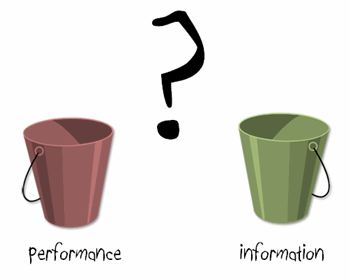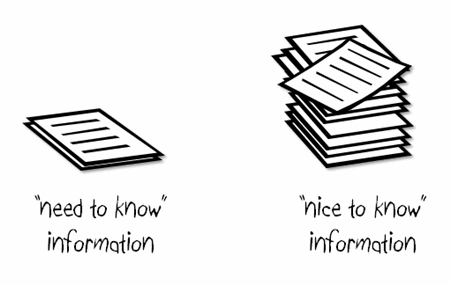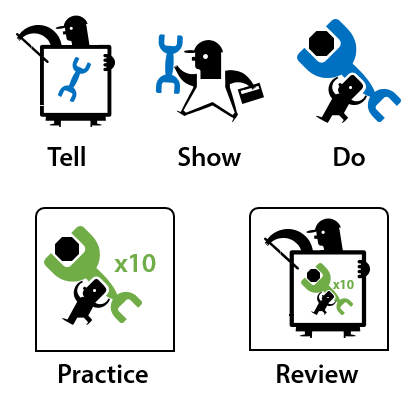Help! This Subject Matter Expert Needs to Build E-Learning
January 26th, 2021
Good news! It’s easier than ever to “build” e-learning. And because of this, subject matter experts build a lot of e-learning courses. This makes sense for a lot of reasons.
Subject matter experts have experience and depth of knowledge. They’re close to the subject and can keep things from becoming muddled by not involving a complicated production process or bringing on others who may confuse things. Training specialists (for all our good intentions) can complicate things and that’s not always good for the speed of business.
However, subject matter experts can often be too close to the content. It’s easy to forget that it took years to attain their expertise and that may not factor into what it takes for a new person to learn. Also, to a subject matter expert, everything is important. And not having an outside perspective means that the course may be too heavy on content that is irrelevant and not appropriate for the learning activities.
So where does a subject matter expert turn to build an effective course?
Content Doesn’t Equal Training
It’s common for subject matter experts (and organizations) to see everything as a content deficiency; and the solution is to build courses that require exposure to the content.
Putting content into a “course” doesn’t make it a course. Also, a lot of content in e-learning courses already exists in PDFs, websites, and other collateral.
How does copying and pasting it into a new medium make it better?
Not Everything Needs Training
“People are making this mistake.” Build a course.
“We have a new software program.” Build a course.
“Our customers aren’t happy.” Build a course.
“Here’s what they need to know about our organization.” Build a course.
Training works when focused on meaningful change that is measured through some sort of activity. Whatever deficiencies exist in not meeting the objectives may be caused by issues not related to training.
Some common issues that create gaps are poor management and communication in the organization. These things impact motivation. And they’re not easily solved by training. Other issues are environmental: perhaps the employees don’t have access to the right resources or technology.
Customers may be unhappy with things outside of the employee’s reach such as policies, sitting on hold forever, or the way ecommerce works. Those are also things not resolved with training.
Information vs Performance
Not all courses are the same. Some courses are informational where all that is required is exposure to the information (and perhaps a quick quiz).
Other courses are tied to performance expectations. These courses need better analysis and the right types of content and activities to ensure that skills are acquired and demonstrated by the learner. Looking at screens of bullet points will not help.
How to Build Successful E-Learning
Determine the learning objectives and how success is measured. The default for many organizations is to repackage content. But that’s not learning. Learning involves being able to use the content to make real-world decisions that meet the learning objectives.
Assuming the course is performance-based, focus on the required activities and not on the content. What do you want the person to do? Build the training around that. And the content supports getting there.
There’s a lot more to be said. But if you’re just getting started, focus on the action and what the person needs to DO. If there’s no action, that means it probably doesn’t need to be a course and perhaps a job aid is all that is required.
Bonus: here’s a good checklist when starting your course.
Events
- Everyday. Check out the weekly training webinars to learn more about Rise, Storyline, and instructional design.
Free E-Learning Resources
 |
 |
 |
|
Want to learn more? Check out these articles and free resources in the community. |
Here’s a great job board for e-learning, instructional design, and training jobs |
Participate in the weekly e-learning challenges to sharpen your skills |
 |
 |
 |
|
Get your free PowerPoint templates and free graphics & stock images. |
Lots of cool e-learning examples to check out and find inspiration. |
Getting Started? This e-learning 101 series and the free e-books will help. |










